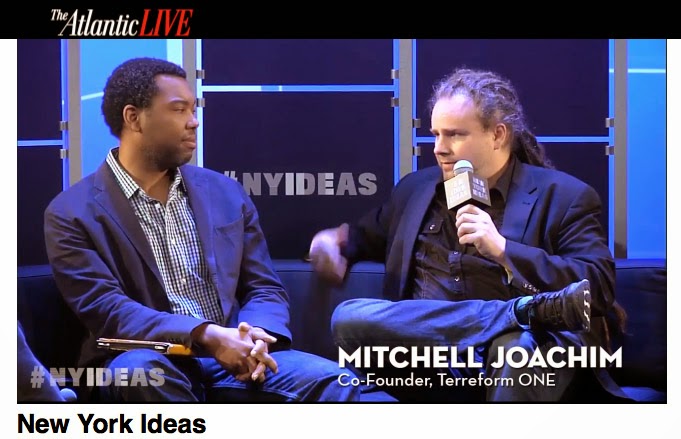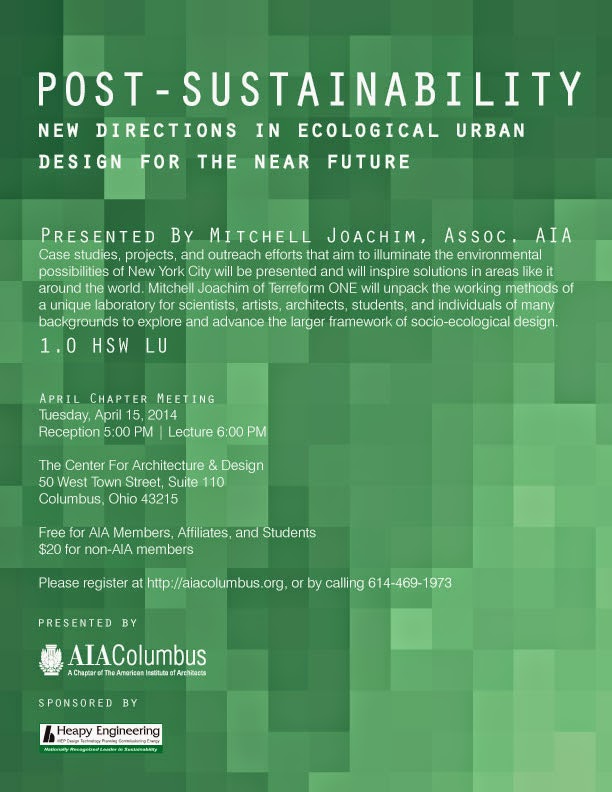Cities and Citizenship is co-sponsored by the Goethe-Institut New York, Parsons The New School for Design, NYU Gallatin School of
Individualized Study and Global Design NYU.
Cities and Citizenship is organized by Alissa Burmeister from the Goethe-Institut New York, Ioanna Theocharopoulou from Parsons The
New School for Design, Peder Anker, Louise Harpman, Mitchell Joachim, from Global Design NYU at Gallatin School of Individualized Study,
New York University, and is part of the Goethe-Institut's international Weltstadt: Who Creates the City? initiative.
WHAT: Cities and Citizenship | Film Screening and Opening Party
The Domino Effect (2012), a documentary film by Daniel Phelps, Megan Sperry, and Brian Paul
WHEN: Thursday, March 13th 2014_from 7:00 pm to 10:00 pm
WHERE: Goethe-Institut, Wyoming Building
5 E. 3rd Street (at Bowery)
WHAT: Cities and Citizenship | Conference
WHEN: Friday, March 14th 2014_from 9:30 am to 4:00 pm
WHERE: New York University, Gallatin School of Individualized Study
Jerry H. Labowitz Theatre for the Performing Arts_1 Washington Place
WHAT: Cities and Citizenship | Workshops
WHEN: Saturday, March 15th 2014_from 11:00 am to 5:00 pm
WHERE: Goethe-Institut, Wyoming Building
5 E. 3rd Street (at Bowery)
All events are free and open to the public. Seating is limited. Please register with wyomingbuilding@newyork.goethe.org by March 12th.
Participants include: Peder Anker, [History of Science, Gallatin School, NYU], Gianpaolo Baiocchi [Sociology, Director of Civic Engagement,
Gallatin School, NYU], Susannah Drake [Landscape Architect, dlandstudio], Stephen Duncombe [Sociology, Gallatin School, NYU],
Louise Harpman [Architecture, Gallatin School, NYU], Matthias Hollwich [Architect + Co-founder, HWKN], Natalie Jeremijenko [Fine Art +
Environmental Studies, NYU], Colin Jerolmack [Environmental Studies + Sociology, NYU], Mitchell Joachim [Architecture, Gallatin School,
NYU], Eric Klinenberg [Sociology, NYU], Victoria Marshall [Landscape + Urban Designer, Parsons], Brian McGrath [Architecture, Dean, School
of Constructed Environments Parsons], Miodrag Mitrasinovic [Architecture + Urbanism, New School], Mariana Mogilevich [Architecture +
Metropolitan Studies, NYU], Vyjayanthi Rao [Anthropology, New School], Eric Sanderson [Senior Conservation Ecologist at WCS],
Susanne Schindler [Architecture, New School, Candide Journal], Ioanna Theocharopoulou [Architectural History, Parsons],
Tyler Volk [Biology + Environmental Studies, NYU], Lynnette Widder [Earth Institute, Columbia University].

















.jpg)


































